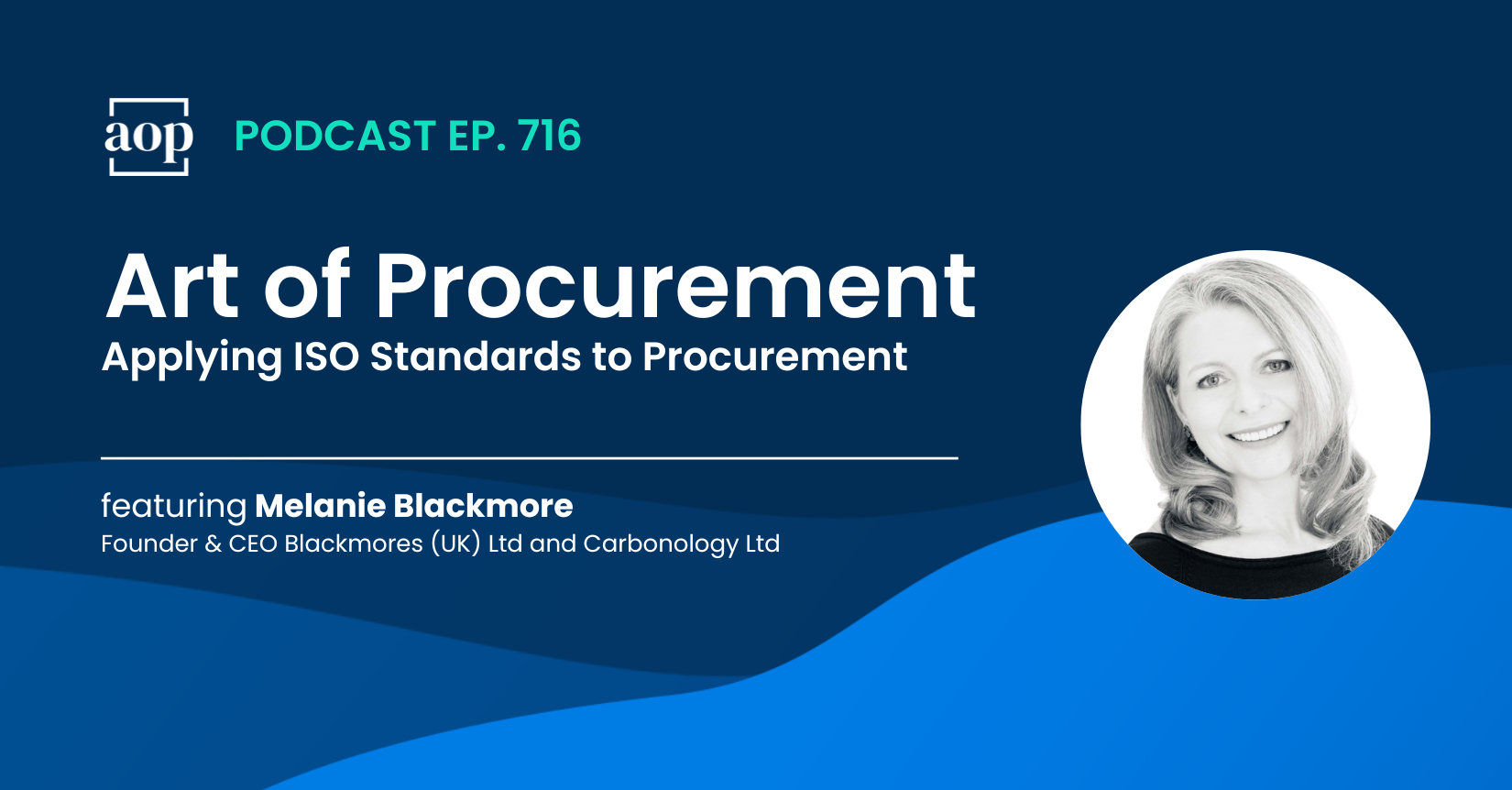“There is always room for negotiation around IT spend. The worst they can do is say ‘no,’ but at least you are making a solid case to improve this contract and your spend as much as possible.” – Logan Furbee, Senior SaaS Consultant at Vendr
In a recent LinkedIn Snap Poll, we asked our community about the top sources of IT spend waste that procurement is most likely to struggle with in 2024. The responses were definitive: unused licenses and redundant solutions made up nearly 80 percent of the combined responses.
In a business climate where cost is a top priority and SaaS prices are rising, procurement must find ways to stop IT spend leakage and extract more value from their technology providers.
To explore the best ways for procurement to combat IT spend waste and drive better outcomes with IT suppliers, Kelly Barner and I recently spoke with Logan Furbee, Senior SaaS Consultant at Vendr, who has negotiated hundreds of contracts with solution providers and has insight into 2024 pricing trends.
She explained how procurement can quickly and efficiently combat their two biggest sources of spend waste – unused licenses and redundant solutions – to be more cost-effective in 2024, even as prices are on the rise.
Getting to the Root Cause of IT Spend Waste
IT spend waste in the form of unused or redundant solutions is, unfortunately, extremely common, says Logan, and is often a result of periods of high-growth in the business where budgets are high and spending is aggressive.
“A lot of companies experienced incredible growth in the last few years as more things were done online, and they were spending so much money,” said Logan. “But now, when the economy is more volatile, we are starting to see that many of these licenses have not been used and there are redundant solutions with a lot of overlap.”
This type of waste is exacerbated when there are no checks and balances in place (or enforced) to verify things like whether the number of licenses aligns with employee or user count or if the license specifications still match the needs of the business.
Although demand management is common practice with goods, it should also be a top priority for procurement when it comes to IT spend. It offers one of the biggest, most immediate opportunities to reduce waste in SaaS contracts and lower overall tech costs.
Where Do You Start?
Developing a plan to reduce IT spend waste, says Logan, “can seem like a very overwhelming process.”
She advises the first step should be to assess the top priorities for the year ahead and then pinpoint only the solutions needed to support those priorities. Identifying what is truly needed to execute the goals of the business lays a good foundation for reducing IT spend waste. This will enable procurement to “then dig into those contracts and the current IT spend to figure out ‘What tier do we actually need? How many licenses do we need? Do we need support here?’” said Logan.
Another approach to waste reduction is to identify the top 5 or 10 sources of spend and review those contracts closely to find cost-cutting opportunities.
“It’s about just making sure everything is as clean as possible so that you are truly supporting your priorities, but you are not spending where it is not used,” said Logan.
Holding Suppliers Accountable
Turning around wasteful IT spend can’t be done in a procurement vacuum. Most importantly, it requires procurement to build clear and transparent relationships with their suppliers and to hold suppliers accountable for current, accurate data, even if this opens up the possibility of an audit.
“I never think it’s bad to be really honest,” said Logan. “I would advise you to just request that information. If there is an audit, then you can work with the supplier. If you are experiencing great growth, economies of scale discounting, you can really pull on that lever to bring pricing down.”
Ultimately, she said, “it’s the supplier’s job to provide all the information about the contract or license data. … and it behooves that supplier to give you correct data.”
When requesting data from the supplier as a part of your strategy to clean up IT spend, Logan also recommends probing a level or two beyond the account manager or sales rep for the supplier. CC’ing a manager or above on your data requests holds the supplier to complete account and ensures that the data will be accurate, since oftentimes sales reps aren’t clear on the details of contract terms or updates.
“I think a lot of times, people don’t know the data,” she said. “But it’s really the supplier’s responsibility to provide that information so that it can be as honest of a partnership as possible.”
The Value of Reducing IT Spend Waste
Tackling IT spend waste isn’t just about plugging holes; it is about building a more strategic and cost-effective technology ecosystem that drives the best outcomes for the business and provides the most value. By eliminating waste like unused licenses and redundant solutions, procurement can redirect critical resources that support the goals of the business and fuel genuine growth.
Subscribe to Art of Procurement
Apple | Stitcher | iHeart Radio | Email






